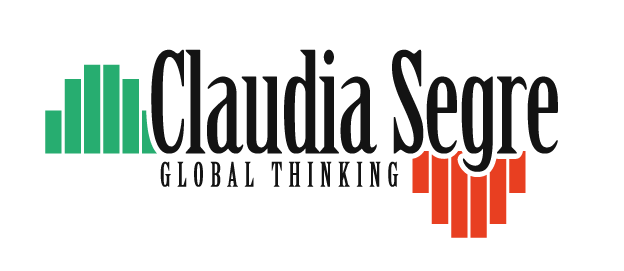After the Quirinal interlude, the Government must take full charge of the implementation of the RRP (Recovery and Resilience Plan) and accelerate if it wants to achieve the objectives agreed with Europe.
A year has passed since Mario Draghi took office, characterized by a leap in reputation rating to heights never reached by other premiers, with his government that has certainly helped our country to reposition itself at the center of the European arena, as demonstrated by the results of this year at the head of the G20, but not only.
On the other hand, a week of turmoil has been enough to see unenthusiastic comments on Italian politics in foreign newspapers, and this happens at a time when the implementation of projects that fulfill the missions of the RRP enter a phase of great delicacy for what the financial markets are also expressing in terms of volatility and nervousness, with the VIX back at 40 points on January 24, not to mention geopolitical tensions not far from our borders.
“Don’t look up”. The reference to the title of the much-debated film starring Leonardo Di Caprio and Jennifer Lawrence is not accidental but is intended to show how risky it could be to lose sight of that enormous “meteorite” formed by high inflation and high public debt. A distraction that could be fatal for Italy. Concentrating instead on the possible solutions to avoid a deflagration of the Italian economy is a must. Our gaze must be attentive and concentrated on a horizon that, as we are seeing, shows clouds and disturbances that are rather worrying and imminent. Exactly like the next interest rate increases by the Fed, from which Bloomberg expects 5 increases of 25 basis points in the next 18 months. According to Goldman Sachs, 4 hikes will come as early as 2022.
These forecasts provoked a reaction from the markets, with equities beginning a downward correction, while real bond yields, and in particular government bonds, began to rise. In advance, the end of the game for Treasury purchases will be established, while the differential between 2 and 10 years falls to the lowest since September 2020 at 63 basis points.
In this context, the recently published outlook of the World Economic Forum should be taken into consideration, in the title of which the words “stalled recovery and higher inflation” stand out, while in the text the emphasis is placed on a growth rate that will drop from 5.9% in 2021 to 4.4% this year and 3.8% in 2023. Underlying this correction are the USA and China, which share the same fate. U.S. growth will fall from 5.6% in 2021 to 2.6% next year going from 4% in 2022. China’s growth will drop from +8.1% in 2021 to 4.8% in 2022, rising again to +5.2% next year. As far as the European Union is concerned, the more than optimistic forecasts for the post-pandemic have been downgraded: it will go from +5.2% to a future 2.5% in 2023.
The driving force of the RRP and global growth forecasts could undergo major changes due to geopolitical risks and possible sanctions against Russia, which in any case would not help Biden’s approval rating much, but above all would only have a further knock-on effect on energy prices, inflation and on European banks that are more exposed to Russia.
Returning to Italy, at the end of the year the report on the state of implementation of the Recovery Plan and the evidence of the 51 objectives achieved and necessary to obtain the release of the over 24 billion euros provided for last year by Brussels were sent to the Chambers of Deputies. We are already looking at the 2022 installments, which see 102 goals and objectives to be achieved, a load double that of 2021, which include reforms and very important laws aimed at the world of education, production, including the establishment of a certification system on gender equality and incentive mechanisms for companies. A challenge within a challenge, for the profound social and cultural implications that it entails.
Gender inequalities become an important social cost and are transferred to new generations, for whom the efficient outcome of the environmental and digital transition are important challenges. Challenges that can be faced and are central to our country and that must be undertaken with a European strategy for equal rights that offers indispensable and very clear guidelines, also in the outcome of the numbers for economic development.
From the report by the Minister of the Economy Franco, it emerges that the trajectory of Italian growth should consolidate at a level of 4% or more for this year, thus midway between the more conservative estimates of the Bank of Italy and the more generous ones of ISTAT. Forecasts that underline the increase in the country’s productive potential and the importance of tax reform as the cornerstone of the recovery thus outlined. Faced with such challenges, the political tussle worries international markets and investors above all. The digital and environmental transition, at the basis of European funds, as well as social inclusion, with widespread investment in human capital and social infrastructure can lead to an improvement in labor dynamics, possibly benefiting from the effectiveness of the reformist system, only with a determined political direction.
A government that has not understood how crucial these issues are, as well as compliance with the timeline, will not be able to achieve the desired results and the opportunity to succeed on imminent dangers to ensure a virtuous post-pandemic transition for the future of Italy. It is only to be hoped that the Premier’s gaze is turned exclusively upwards, ignoring the background noise.


